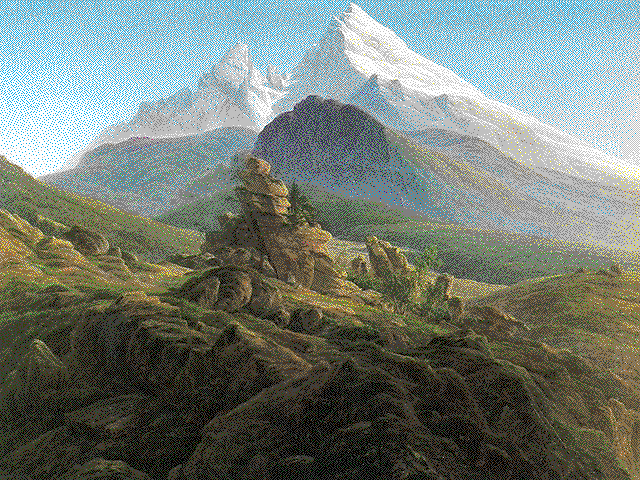CHECK OUT THESE CRAZY TUMBLR UPDATES!
A L F R E D O _ S A L A Z A R - C A R O
Alfredo Salazar-Caro is a Chicago/Dallas based visual artist.
Friday, September 28, 2012
Sunday, January 8, 2012
[STREET_TEAM]
Animated GIFs exist on the Internet as a small gestural movements and moments. The Animated GIF format of moving images can be used in conversation to communicate simple ideas in response to other people, other GIFs/images or even websites. They can be short samples, fractions of events or hypnotizing, timeless loops.
In this project, [STREET TEAM], Animated GIFs or short video loops by artists will be used outside of the digital world, in physical spaces, to create conversations with public and private spaces. [STREET TEAM] addresses architecture as a webpage and GIFs as graffiti.
[STREET TEAM] will consist of clandestine video installations that will take place throughout London, Glasgow, Berlin, Amsterdam, Antwerp and Rotterdam. The sites that will be used for installation include Tate Modern, Neues Museum and the Rotterdam Film Festival among others.
The installed works will be documented and archived in a website dedicated exclusively to the project.
Additionally, there will be a one-day gallery exhibition/ screening of the work in Amsterdam on (DATE/PLACE TBA) and Chicago at MT-Chicago in February.
Thursday, October 13, 2011
Saturday, September 24, 2011
Thursday, September 22, 2011
JHN_WHTNY_RMX
John Whitney was an experimental animator and composer. He is widely considered to be one of the fathers of computer animation. After studying music composition in Paris, he returned to the U.S. and began collaborating with his brother, James, to produce abstract animations. Their work, Five Film Exercises (1940-45) was awarded first prize at the First International Experimental Film Competition in 1949. By 1950, he was creating animation sequences for television. In 1958, he collaborated with title-sequence pioneer, Saul Bass, on the spirographic opening of Alfred Hitchcock's Vertigo. In 1966, he was awarded IBM's first artist-in-residency. Until the 1970s, most of Whitney's animations made use of a complex analog computer. By the mid-1970s his animations were made completely with digital technologies. His work often uses self-composed music that explored mystical or Native-American themes. He continued making films until his death in 1995.
Monday, September 12, 2011
Subscribe to:
Posts (Atom)


